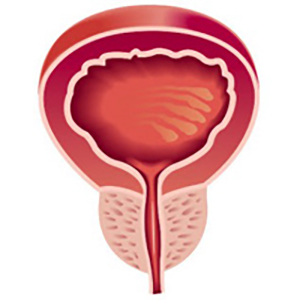 Smart Citations
Smart CitationsSee how this article has been cited at scite.ai
scite shows how a scientific paper has been cited by providing the context of the citation, a classification describing whether it supports, mentions, or contrasts the cited claim, and a label indicating in which section the citation was made.
The role of irrigation fluid in transurethral resection of the prostate outcomes and surgeon performance
Introduction: Transurethral resection of the prostate (TURP) is the gold-standard for the treatment of benign prostate enlargement (BPE) associated with lower urinary tract symptoms (LUTS), after failure of conservative therapy. At present, only resection-rate (grams of prostate resected over time) is regarded as an efficiency parameter to evaluate the skill of the operator and to assess the outcome of the procedure. Materials and methods: Five surgeons performed TURP using a Gyrus-type bipolar system in 123 patients with BPE/LUTS who came to our observation from June 2016 to December 2019. The amount of irrigation fluid used during the procedure was registered and correlated to the operating time, resection-rate, prostate adenoma weight, post-operative bladder irrigation time, intraoperative bleeding and days of catheterization. Results: We found an inverse correlation between the amount of irrigation fluid used during TURP and the resection-rate recorded for all operators, according to Spearman's Correlation (r = -0.78, p = 0.002); a direct correlation was also found between the amount of irrigation fluid and the adenoma weight. Finally, we also found a direct correlation with intraoperative bleeding and the duration and amount of bladder irrigation during and after TURP. Conclusions: The amount of irrigation fluid used is proposed as a reliable parameter to estimate the efficiency of the endoscopic procedure as well to assess the skill of the operator and shortterm results. The observed data encourage the possibility of applying this new efficiency indicator to all endoscopic maneuvers.
How to Cite

This work is licensed under a Creative Commons Attribution-NonCommercial 4.0 International License.
PAGEPress has chosen to apply the Creative Commons Attribution NonCommercial 4.0 International License (CC BY-NC 4.0) to all manuscripts to be published.

 https://doi.org/10.4081/aiua.2023.11868
https://doi.org/10.4081/aiua.2023.11868




